BOOKING PLATFORM
Agile UX and Design Thinking at John Deere
Overview
The shift from waterfall to Agile at John Deere created a major challenge: UX had to evolve rapidly to fit faster, iterative workflows without sacrificing quality. As a key member of this transformation, I pioneered Lean UX and Dual-Track Agile practices, embedding user-centered design within Agile processes across 20 product teams. Our goal was to deliver consistent, research-driven improvements while supporting shorter development cycles.
Through initiatives such as reusable components, cross-functional workshops, and sprint-based research, we accelerated design delivery and positioned UX as a strategic partner. These efforts reduced design time by half, enabled faster decisions through real-time data, and significantly improved user satisfaction in key modules like Invoices and Accounts.
Key Results
Research-Driven Prioritization
Enabled product teams to prioritize high-impact opportunities with research-backed frameworks and usability insights.
Optimized Sprint Efficiency
Enabled faster design delivery by breaking down UX work into sprint-friendly slices, reducing iteration cycles by 50%.
Scaled Research and Insights
Distributed research responsibilities across team members, expanding the UX team's capacity to support multiple product lines.
Cross-Functional Innovation
Facilitated strategic collaboration through Design Thinking workshops and sprint-based alignment exercises, fostering creativity and proactive problem-solving.
During the Agile Operating model rework, the org embraced SCRUM and a much more streamlined way of working
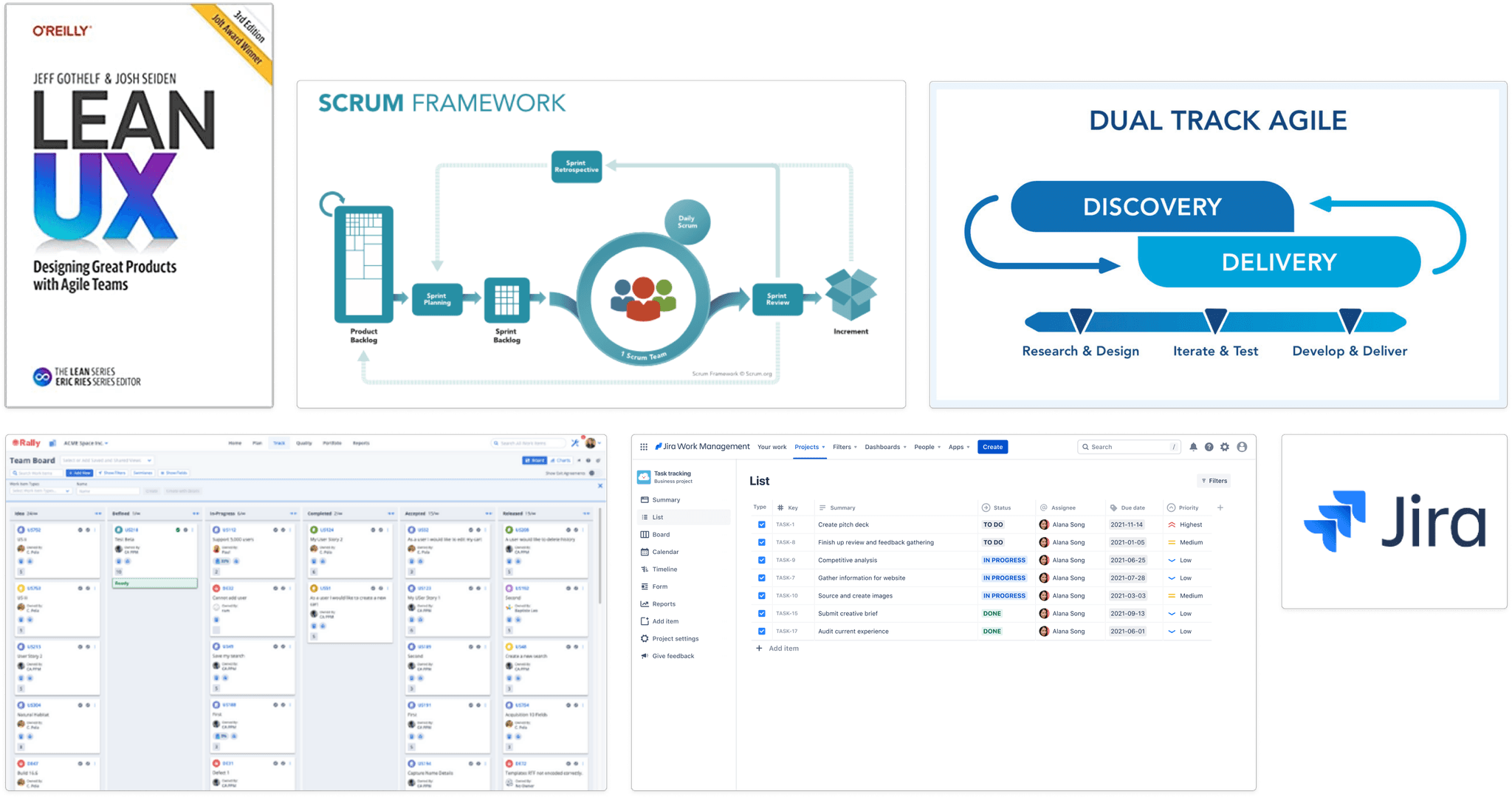
This is a mind map that I facilitated when the team was trying to determine how to use the Fullstory analytics tool.
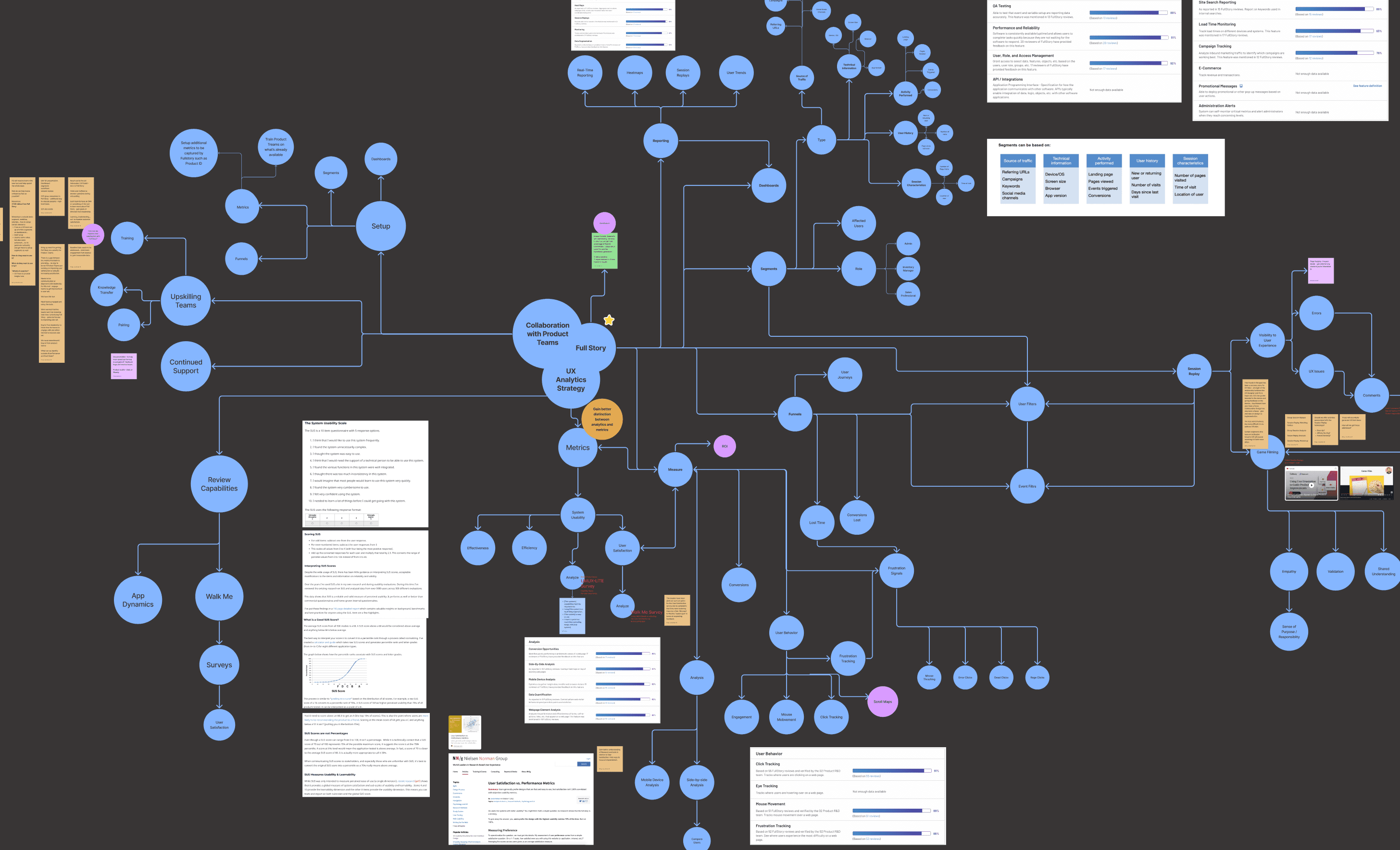
Challenges
Integrating UX into Agile
Redefined workflows and deliverables to align with Agile sprint cycles, ensuring faster iterations without sacrificing quality.
Scaling Research
Expanded research responsibilities across the team, empowering members to independently conduct user and stakeholder interviews.
Legacy Workflows
Stakeholders requested direct translations of outdated processes, which required a shift toward advocating user-centered redesigns.
Cultural Resistance
Agile teams were slow to adopt Lean UX and Design Thinking, requiring significant advocacy and education to shift toward proactive UX practices.
One of the datapoints we'd use for finding UX opportunities was our monthly User Satisfaction Surveys:
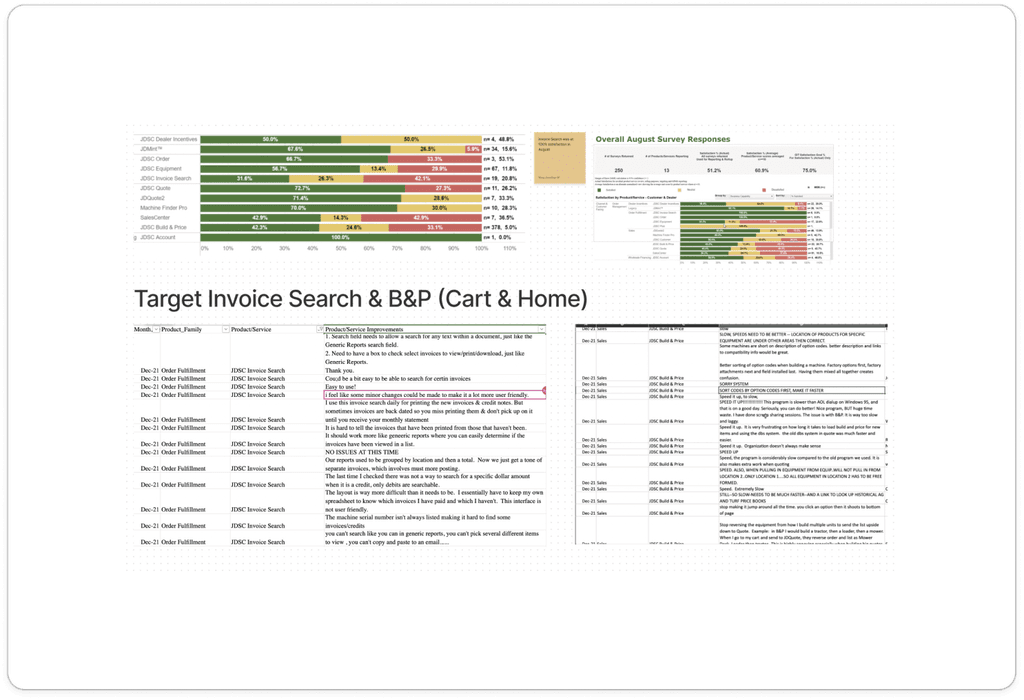
The UX team chose to deploy Fullstory as our user analytics tool. In a world where Product Managers were very busy, we wanted something easy for them to use.
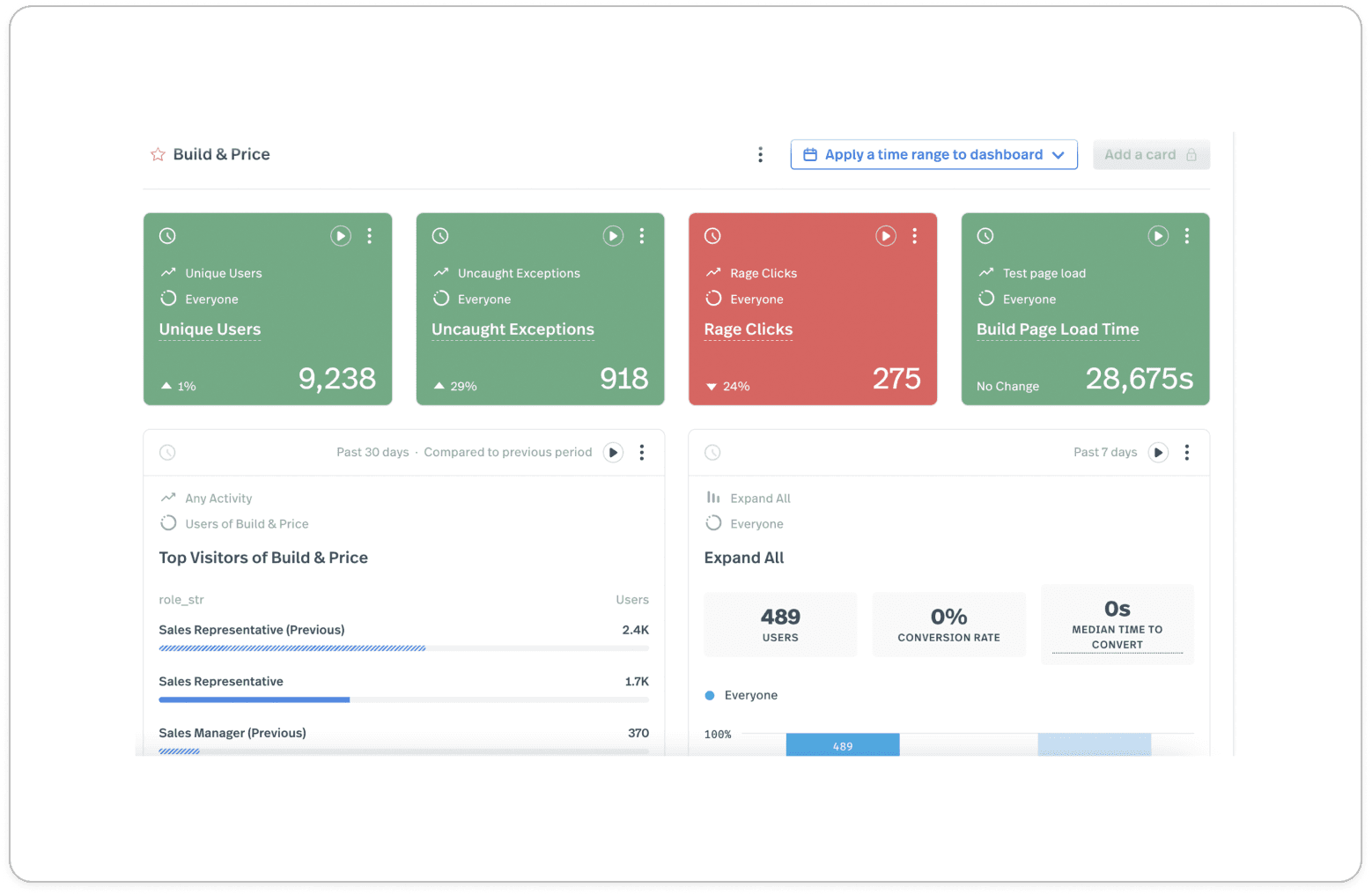
Once engaging a product team for a large project, we'd suggest the following cadence of UX activities:
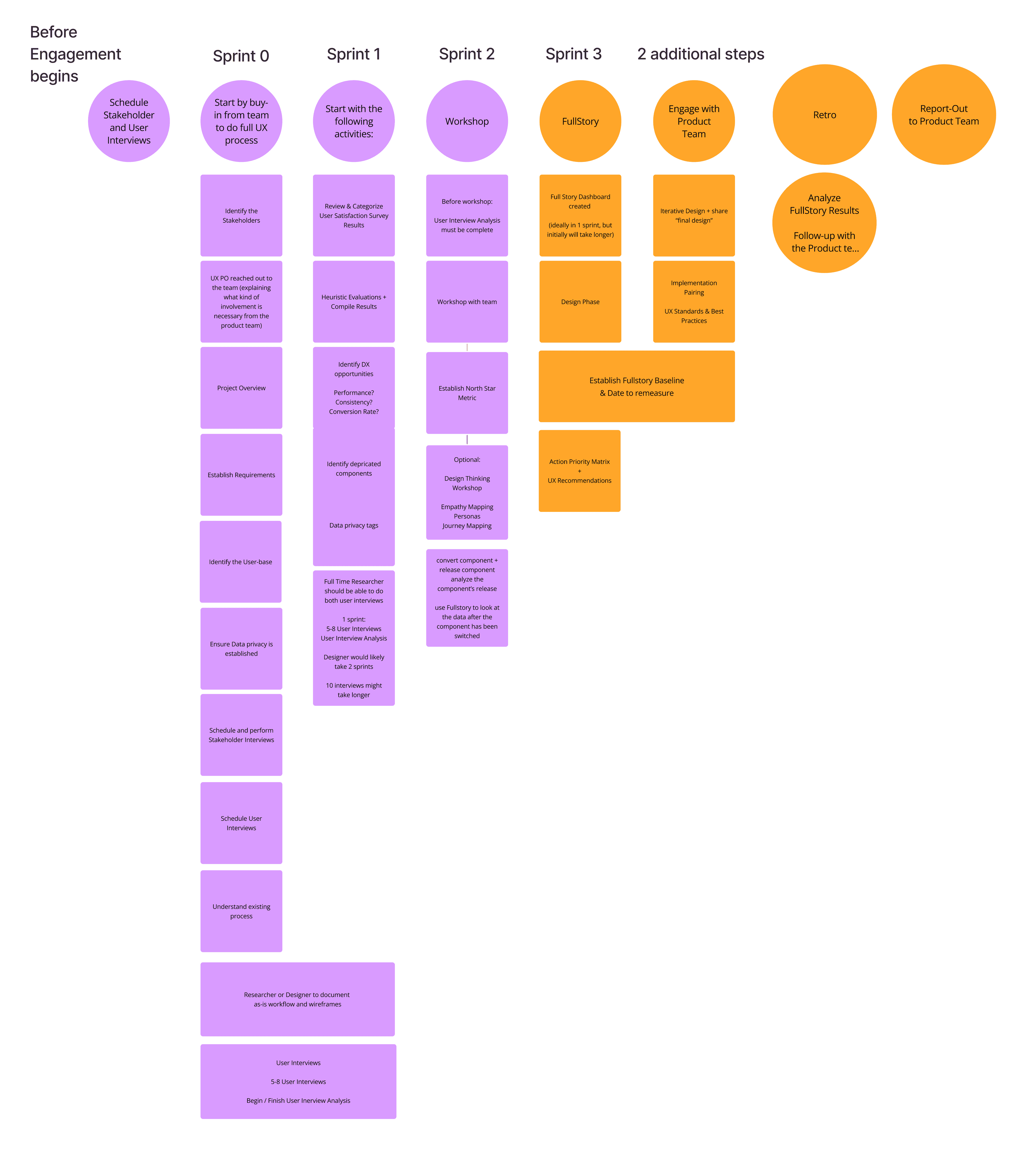
Embedding UX into Agile:
Pioneered Lean UX and Dual-Track Agile integration to embed discovery alongside development.
Developed structured intake processes to prioritize high-impact work and reduce rework through faster iteration.
Scaling Research Efforts:
Led cross-team stakeholder and user interviews to identify pain points in low-performing modules like Invoices and Accounts.
Established FullStory analytics, reducing reliance on dealer reports by enabling real-time tracking and faster prioritization of usability fixes.
Created empathy maps, personas, and journey maps to align teams on user needs and improve product strategies.
Facilitating Collaboration:
Organized John Deere’s first large-scale Design Thinking workshop, engaging seven teams in ideation and prioritization exercises.
Facilitated sprint planning sessions to focus teams on delivering low-effort, high-impact features backed by research priorities.
Driving UX Standards:
Created reusable Figma components and templates, reducing design iteration times and increasing efficiency across modules.
Co-led Responsive 101 and Components 101 workshops to standardize scalable design practices across teams.
Established bi-weekly UX touchpoints with product leaders to ensure alignment and consistent planning for UX deliverables.
The below is a piece of what I had presented in a Design Thinking Workshop that I created and led.
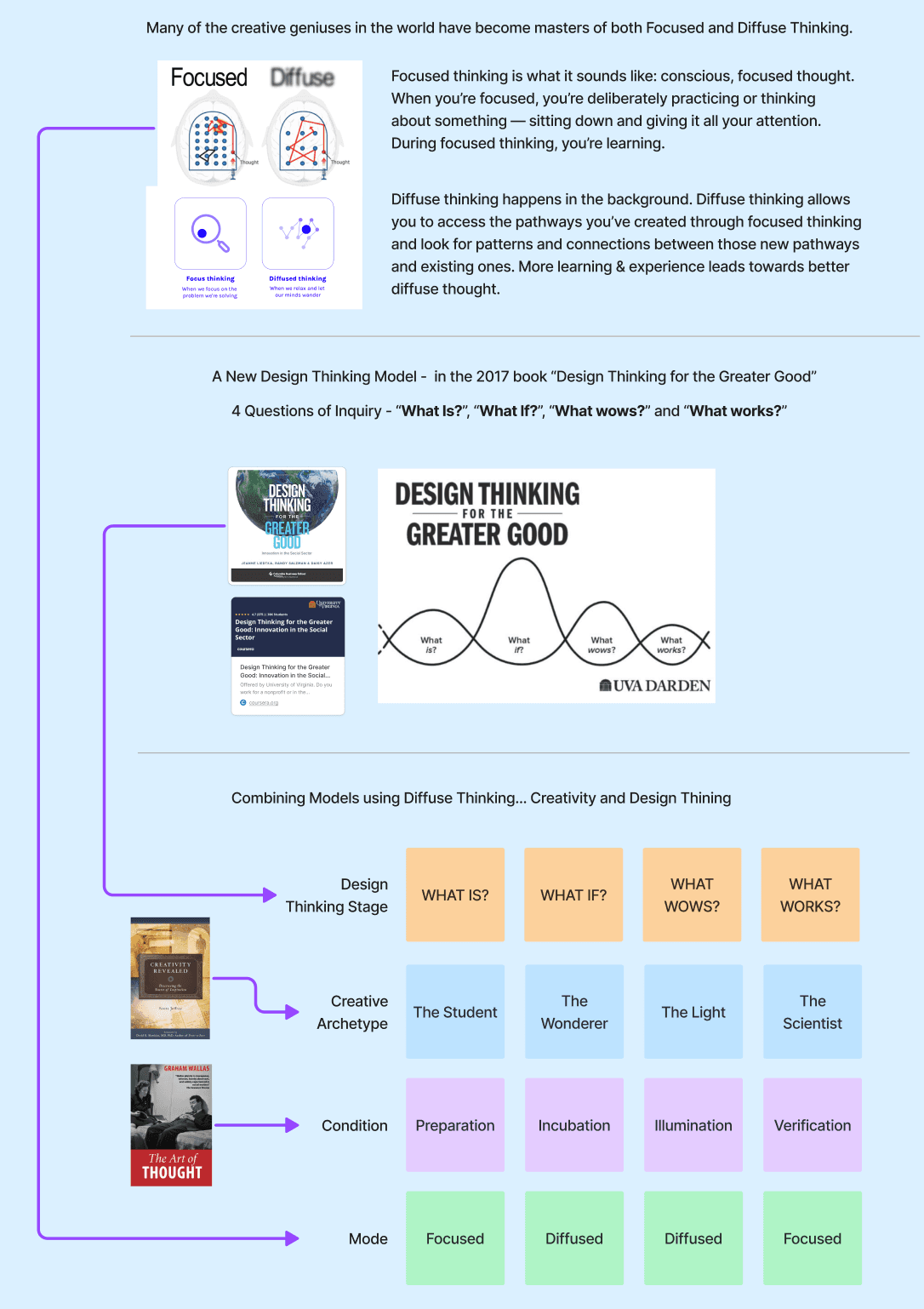
Crazy 8's were used in the Design Thinking Workshop to identify areas that we could make improvements.
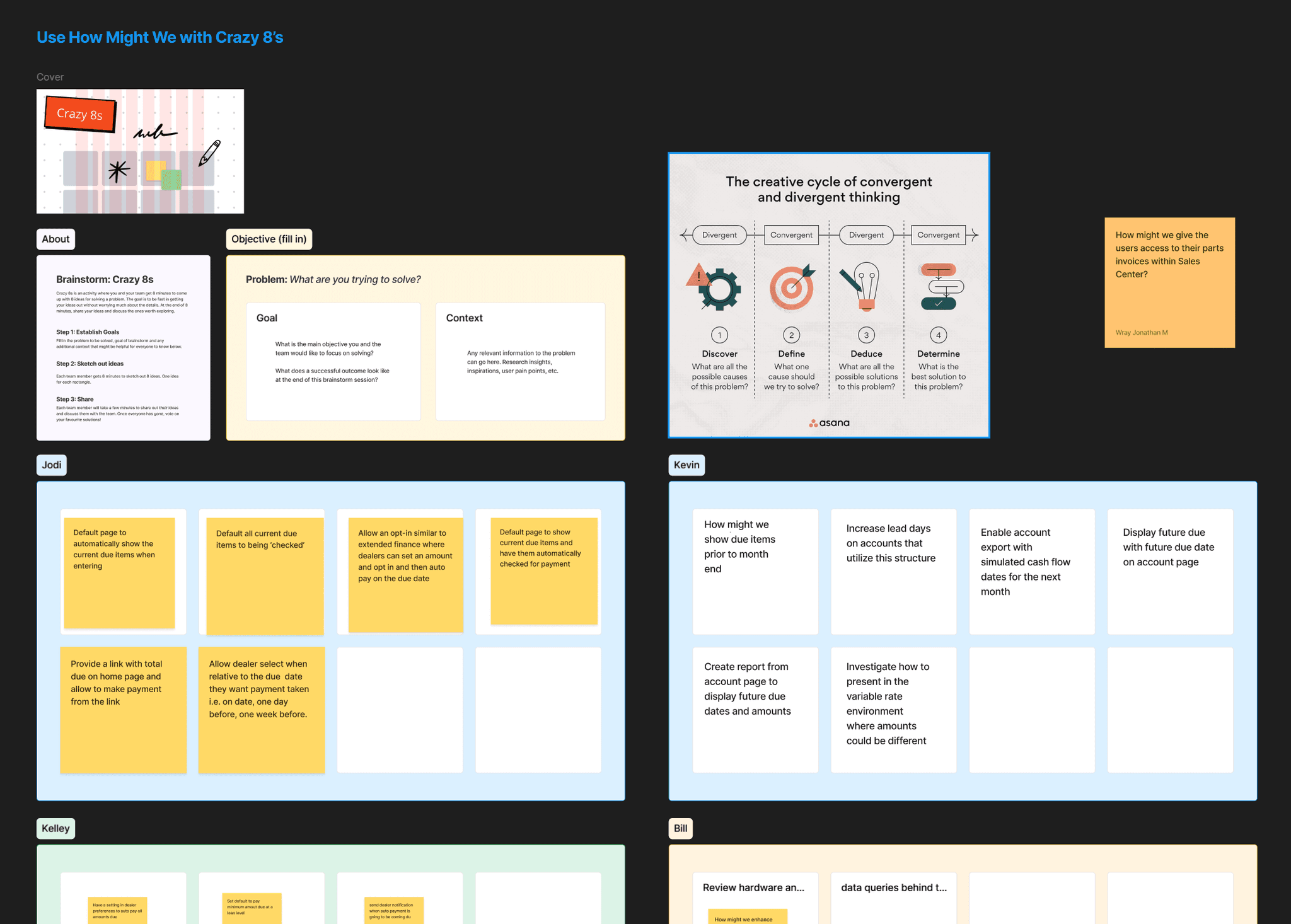
After research, we used a Action Priority Matrix to help prioritize.
Upon completing a Action Priority Matrix exercise with the Invoice Team, we all estimated effort and impact to choose team priorities.

Conclusion
By embedding user-centered design into Agile workflows, we drove a fundamental shift in how teams collaborated, prioritized, and delivered value. Product teams gained the ability to make faster, research-backed decisions, accelerating feature delivery and improving user satisfaction across modules like Invoices and Accounts. Design thinking workshops encouraged continuous discovery and creativity, while reusable components streamlined both prototyping and development. These scalable systems and collaborative practices positioned UX as a strategic driver of innovation across John Deere’s IT organization.




